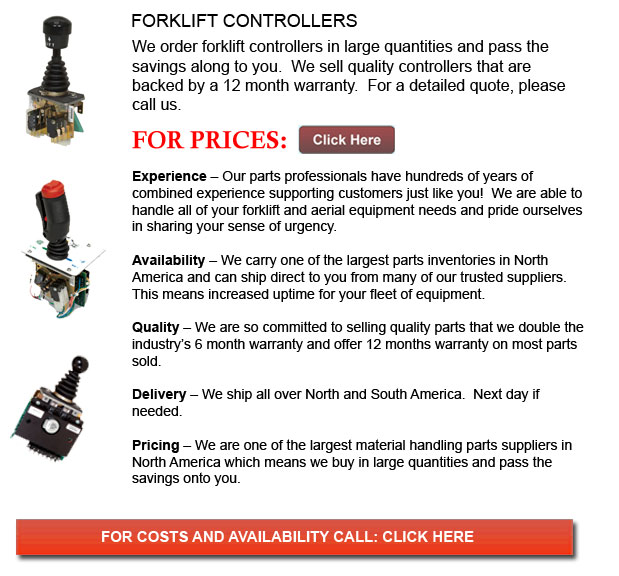
Forklift Controllers - Lift trucks are accessible in several load capacities and different units. Nearly all forklifts in a standard warehouse situation have load capacities between one to five tons. Larger scale models are used for heavier loads, like for instance loading shipping containers, may have up to 50 tons lift capacity.
The operator can use a control so as to raise and lower the blades, that could also be called "tines or blades". The operator of the forklift can tilt the mast so as to compensate for a heavy loads tendency to angle the forks downward. Tilt provides an ability to operate on bumpy ground too. There are yearly competitions for experienced lift truck operators to contend in timed challenges as well as obstacle courses at regional forklift rodeo events.
Forklifts are safety rated for loads at a specific limit weight as well as a specified forward center of gravity. This essential information is supplied by the manufacturer and situated on a nameplate. It is essential cargo do not go beyond these details. It is illegal in numerous jurisdictions to tamper with or take out the nameplate without obtaining consent from the lift truck maker.
Nearly all lift trucks have rear-wheel steering in order to increase maneuverability. This is very effective within confined areas and tight cornering areas. This particular type of steering differs fairly a little from a driver's first experience along with various vehicles. Because there is no caster action while steering, it is no necessary to use steering force so as to maintain a continuous rate of turn.
One more unique characteristic common with forklift operation is unsteadiness. A continuous change in center of gravity occurs between the load and the forklift and they must be considered a unit during utilization. A forklift with a raised load has gravitational and centrifugal forces which can converge to cause a disastrous tipping mishap. To be able to prevent this possibility, a forklift must never negotiate a turn at speed with its load elevated.
Forklifts are carefully built with a certain load limit meant for the forks with the limit lessening with undercutting of the load. This means that the freight does not butt against the fork "L" and will decrease with the elevation of the tine. Generally, a loading plate to consult for loading reference is situated on the lift truck. It is dangerous to utilize a forklift as a personnel hoist without first fitting it with certain safety devices like for instance a "cherry picker" or "cage."
Lift truck use in warehouse and distribution centers
Important for whatever warehouse or distribution center, the lift truck has to have a safe setting in which to accommodate their efficient and safe movement. With Drive-In/Drive-Thru Racking, a forklift must travel in a storage bay which is multiple pallet positions deep to put down or take a pallet. Operators are often guided into the bay through rails on the floor and the pallet is placed on cantilevered arms or rails. These confined manoeuvres require skilled operators so as to carry out the job safely and efficiently. In view of the fact that each pallet requires the truck to enter the storage structure, damage done here is more frequent than with different kinds of storage. If designing a drive-in system, considering the dimensions of the fork truck, together with overall width and mast width, have to be well thought out so as to guarantee all aspects of a safe and effective storage facility.
![]() Click to Download the pdf
Click to Download the pdf
Forklift Parts
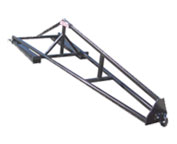
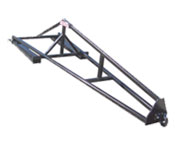
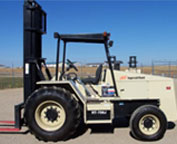
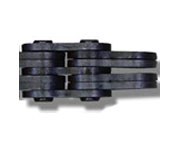
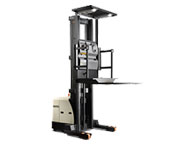
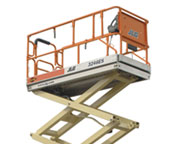
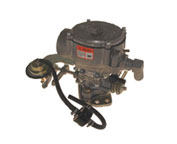
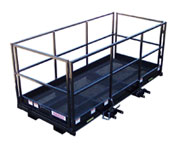
Lift Parts Express
TOLL FREE: 1-888-695-7994
LOCAL: 805-219-4019
237 TOWN CENTER W-136
Santa Maria, California
forkliftpartssantamaria.com
Email Us
About Us


